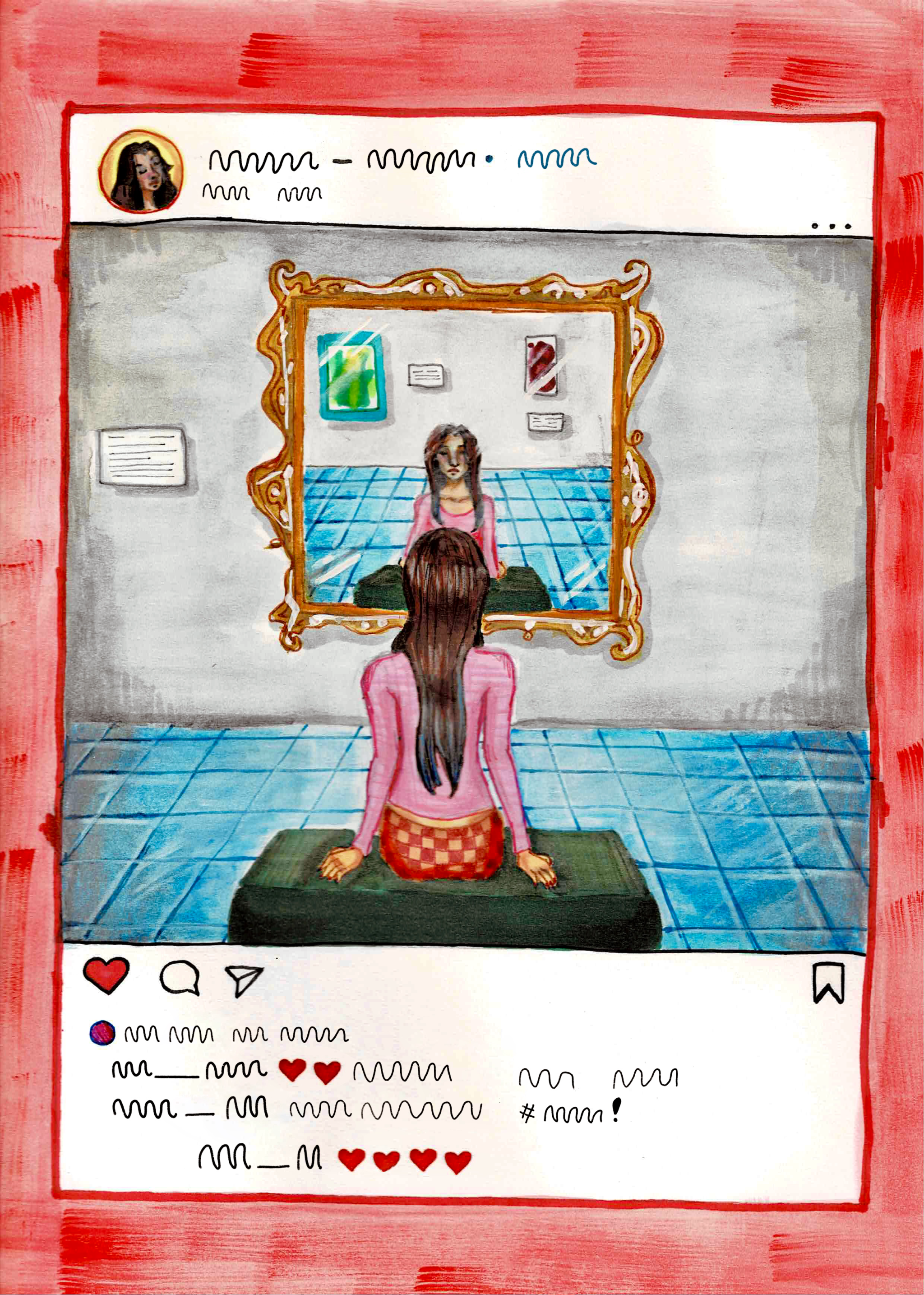Generation Z has a different relationship with art museums than prior generations. Art museums have recently become a site for teenagers to take Instagram photos and film TikToks instead of appreciating the artistry around them. This growing disconnect between today’s youth and traditional art is concerning to many artists who worry about the waning admiration of artistic pieces. This recent occurrence directly relates to the fact that the consumption and distribution of art are now largely achieved using social media. Works of art and art museums have been reduced to a background for teenagers to show-off their “refined taste” on social media, placing no importance on the art’s meaning, history, or context.
Historically, art museums have been a place where culturally significant pieces are on display for the education, enjoyment, and introspection of the attendees. Museums hold artworks that depict the human experience specific to a certain time in history. In recent years, art museums experimented and changed their approaches with hopes of attracting a younger audience. For example, the San Francisco Museum of Modern Art (SFMOMA) installed a successful exhibit titled Self Composed in 2016, where visitors could take photos of themselves with interesting silhouettes to create contemporary art selfies. Wildly popular modern art museums such as The Museum Of Ice Cream and The Color Factory took the immersive nature of this strategy to the next level: they created massive art exhibits with the sole purpose of providing a cool, artsy backdrop for photos. Although this modification in art museum culture is aesthetically pleasing, these showcases lack the distinct social commentary and provocation of thought that have been key characteristics of art galleries for hundreds of years. This isn’t an inherent problem, but it can be worrisome when this lighthearted, social media-oriented attitude is applied to meaningful art exhibits with deep cultural significance.
The normalization of museums created solely for Instagram posts has allowed teens to develop the belief that all art museums serve this purpose. It is no surprise that we see teenagers using historically established, orthodox art museums as photo backdrops. Regrettably, this new purpose for museums devalues the pieces by emphasizing the surface level aesthetic of the art without a second thought about the meaning behind it. Many art critics argue that in-depth analysis is an integral part of appreciating artistic creations.
Another factor that has contributed to the increased superficiality in the relationship between youth and art is the practice of perpetrating an idealized version of oneself to the public through social media. There is an air of elegance and class associated with art museums like The Met and The Louvre, as well as renowned works of art. Amidst themes of travel, health and fitness, and city lifestyle, the idealized aesthetic of academia and art manifests itself in showing off one’s sophistication in a museum. Many social media users utilize art museums to contribute to this aesthetic; the intellectual and elegant essence of museum-going naturally fits the desired theme. Furthermore, the custom of aestheticizing museums on social media is trivializing, and it prevents youth from actually engaging with the artwork or creating dialogue. It allows art to become a product used to briefly flaunt one’s worldliness and cultural experience.
This change in museum culture and etiquette has diluted the experience of witnessing artistic creations. That said, any initiative that attracts large numbers of people to a museum creates the opportunity for someone to discover something new and perhaps be truly moved by it.





